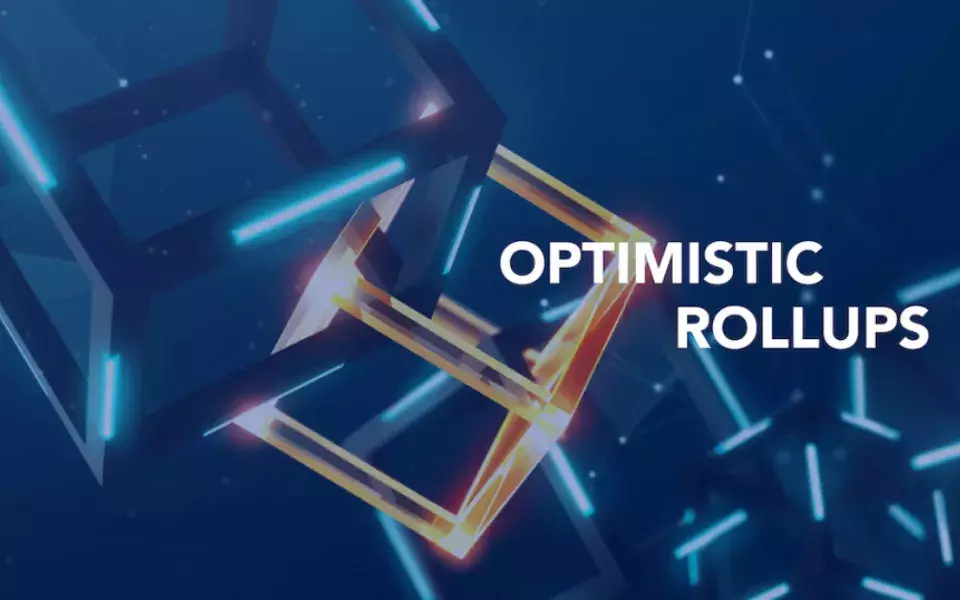In the ever-evolving landscape of blockchain technology, scalability remains a critical challenge. Optimistic Rollups infrastructure emerges as a groundbreaking solution, offering a promising avenue to enhance the scalability of blockchain networks. This article delves into the significance of Optimistic Rollups infrastructure, its key components, and the transformative impact it has on overcoming scalability bottlenecks.
Understanding Optimistic Rollups:
Optimistic Rollups are layer-2 scaling solutions designed to increase the throughput of existing blockchain networks, particularly those built on Ethereum. The term “optimistic” stems from the optimistic approach to transaction validation. Rather than executing and verifying every transaction on the main blockchain, Optimistic Rollups presume transactions are valid and only revert if a dispute arises.
Key Components of Optimistic Rollups Infrastructure:
- Smart Contracts Execution Layer: At the core of Optimistic Rollups infrastructure is the execution layer for smart contracts. This layer processes and executes transactions off-chain, ensuring that the main blockchain remains unburdened by every computation. The optimistic assumption allows for faster transaction processing without compromising security.
- Batching and Compression Techniques: Optimistic Rollups use batching and compression techniques to optimize the consolidation of multiple transactions into a single batch. This reduces the overall data size that needs to be submitted to the main blockchain, effectively increasing throughput and alleviating congestion.
- Fraud Proofs and Security Measures: To maintain security while assuming transaction validity, Optimistic Rollups employ fraud proofs. If a participant detects an invalid transaction, they can submit a fraud proof to the main chain, triggering a dispute resolution process. This combination of optimistic execution and fraud proofs ensures the integrity of the overall system.
- Challenge and Dispute Mechanisms: The infrastructure includes challenge and dispute mechanisms to address potential inconsistencies. Validators can challenge the optimistic state by submitting proofs of fraud, prompting a review on the main chain. Dispute mechanisms play a crucial role in maintaining trust and security within the Optimistic Rollups framework.
- Integration with Ethereum Main Chain: Optimistic Rollups infrastructure is seamlessly integrated with the Ethereum main chain. The optimistic transactions are periodically submitted to the Ethereum blockchain, anchoring the state and ensuring the finality of transactions. This integration preserves the security guarantees of the main chain while benefiting from off-chain scalability.
The Transformative Impact on Scalability:
- Enhanced Throughput: Optimistic Rollups infrastructure significantly enhances blockchain throughput by offloading most transaction processing to the execution layer. This results in faster transaction confirmations and a notable increase in the number of transactions the network can handle, mitigating scalability concerns.
- Reduced Gas Costs: By processing transactions off-chain and submitting only essential data to the main chain, Optimistic Rollups infrastructure helps reduce gas costs. Users experience more cost-effective transactions, making decentralized applications (DApps) and activities on the blockchain more accessible.
- Improved User Experience: Faster transaction confirmations and reduced gas costs translate into an improved user experience. Users benefit from quicker and more affordable interactions with DApps, making blockchain technology more attractive and user-friendly.
- DApp and Ecosystem Growth: The scalability provided by Optimistic Rollups infrastructure fosters the growth of decentralized applications and expands the overall blockchain ecosystem. Developers are incentivized to build and deploy DApps on platforms that can accommodate increased user demand without compromising performance.
- Decongested Main Chain: Offloading most transaction processing to the Optimistic Rollups execution layer alleviates congestion on the Ethereum main chain. This decongestion ensures that the main chain remains efficient and responsive, even as the broader ecosystem experiences increased activity.
Conclusion:
Optimistic Rollups infrastructure stands as a beacon of hope for addressing scalability challenges in the blockchain space. By optimizing transaction processing and leveraging the Ethereum main chain for security, Optimistic Rollups offer a scalable solution without compromising decentralization. As this infrastructure continues to evolve, it holds the potential to unlock a new era of blockchain scalability, making decentralized technologies more accessible, efficient, and capable of supporting widespread adoption.


